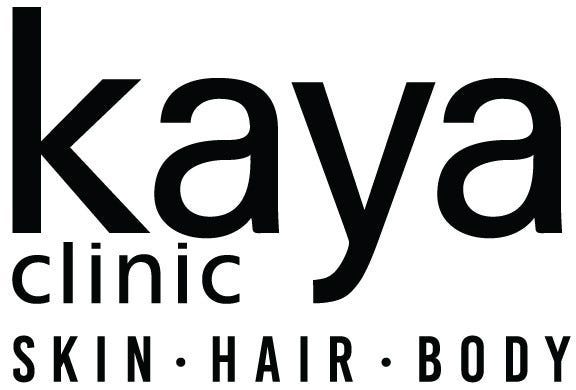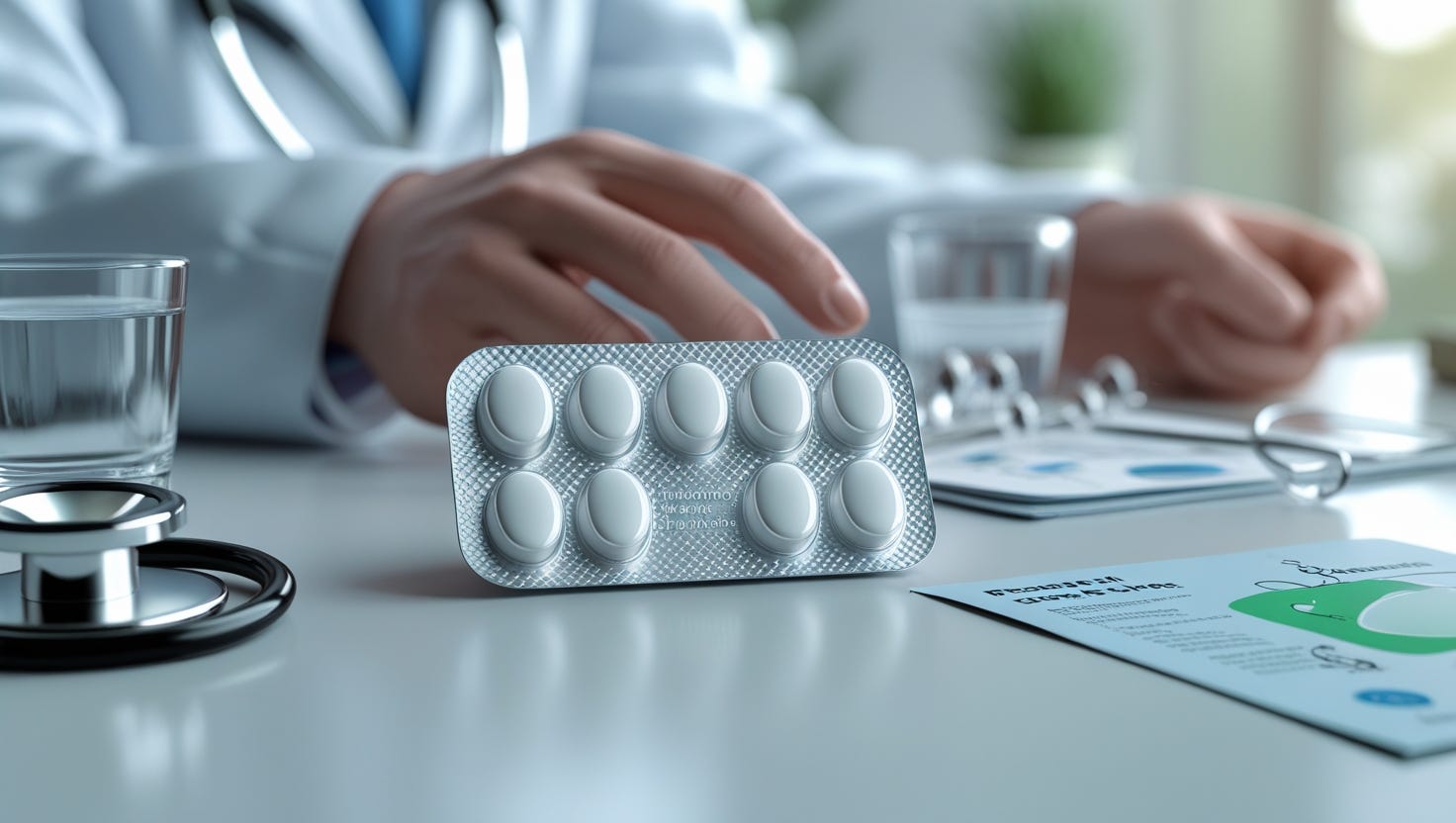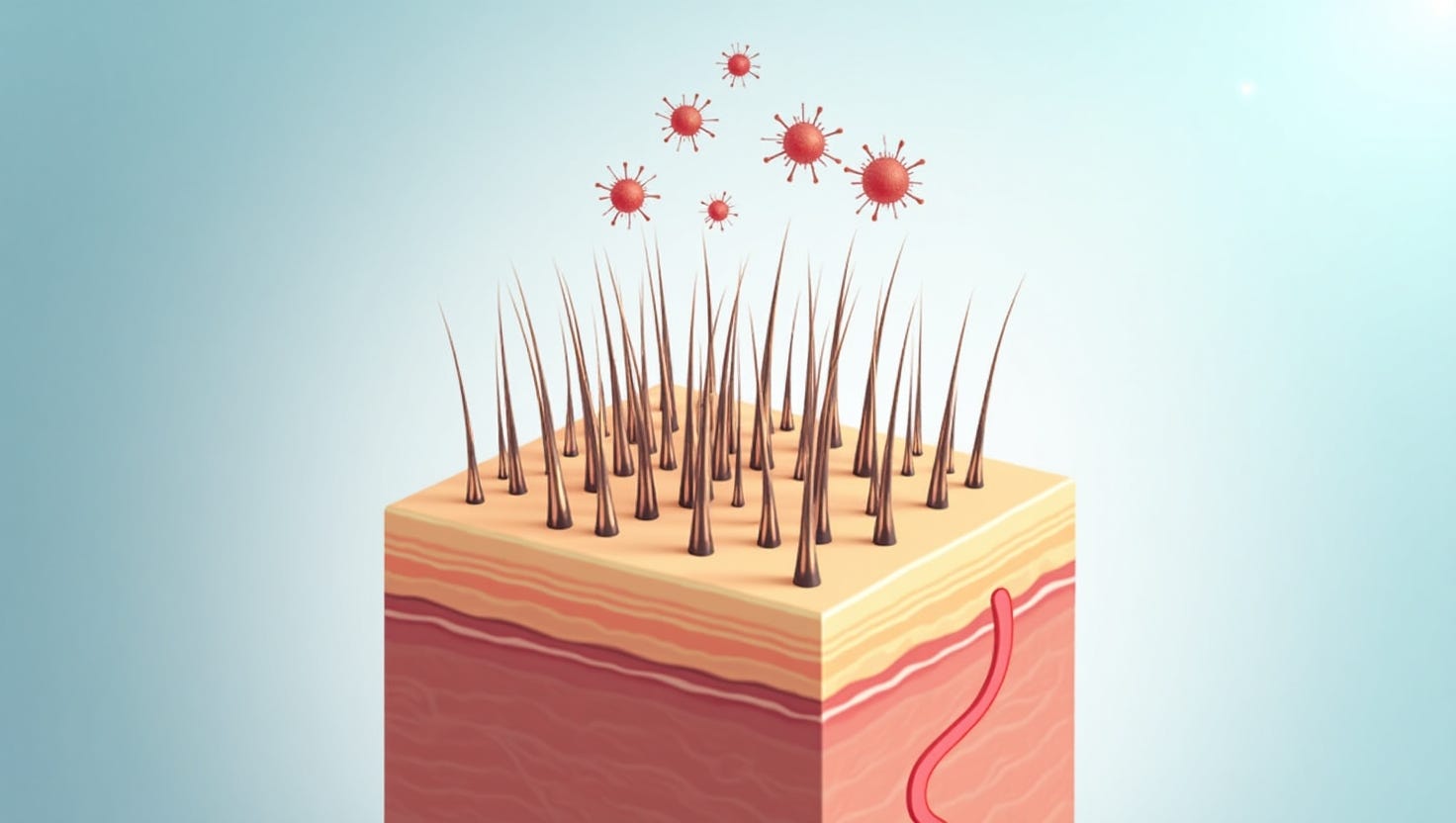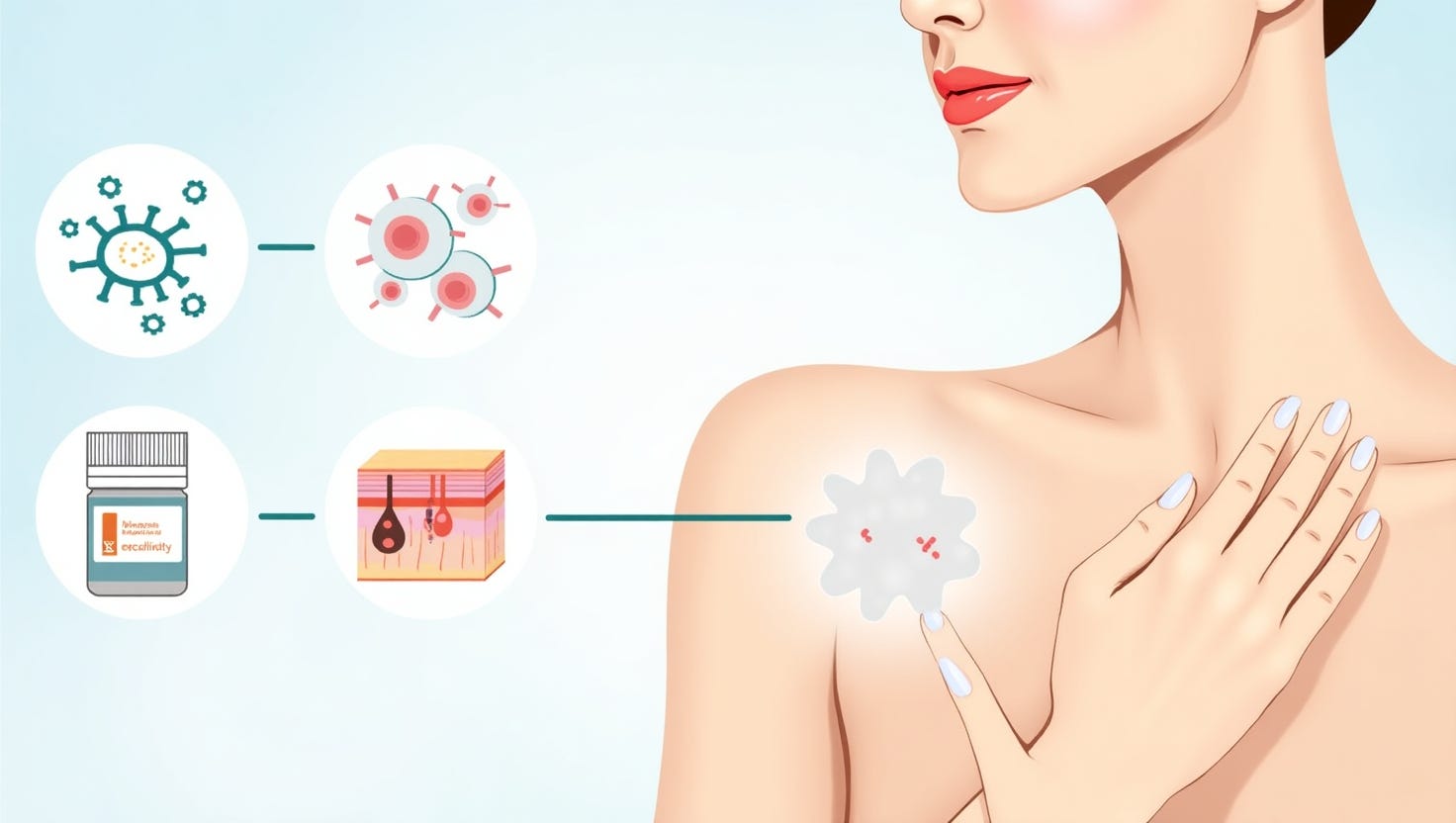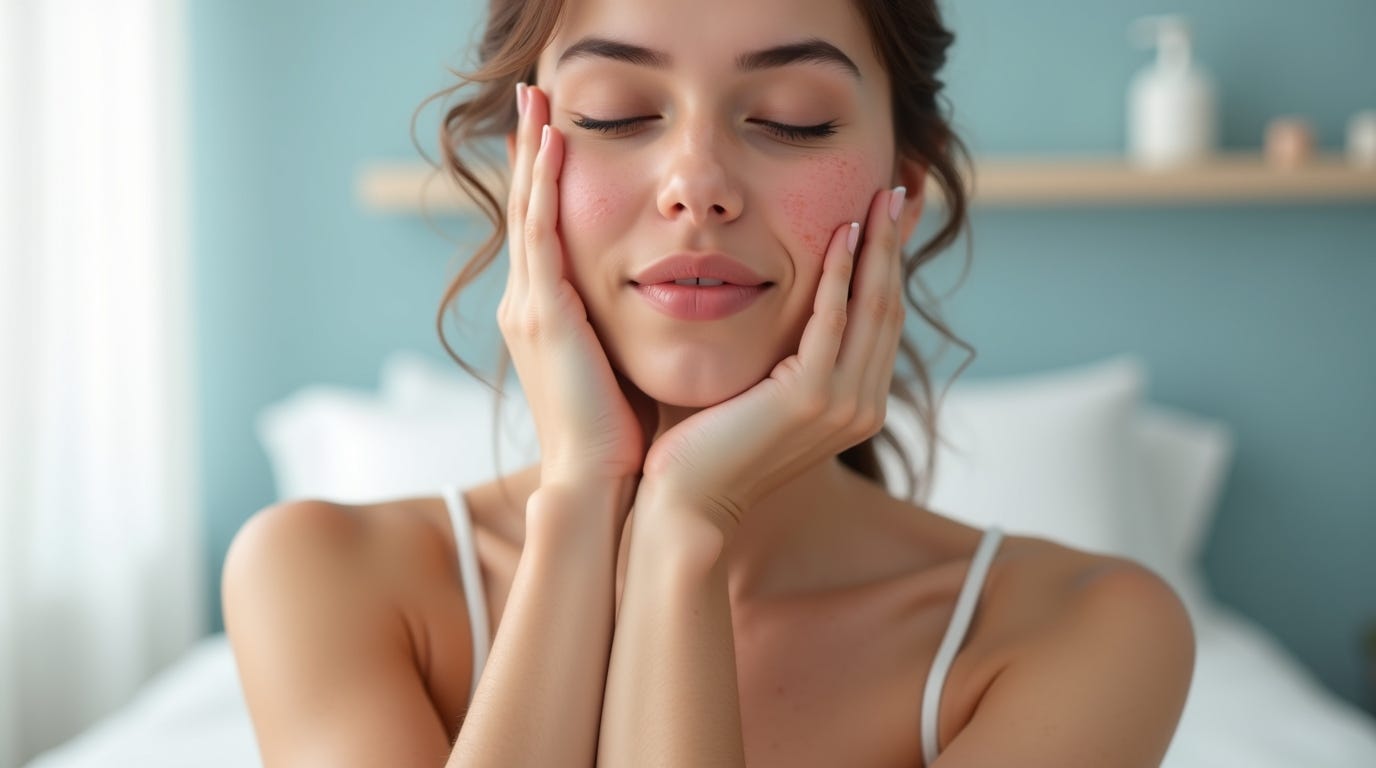Ultimate Sunscreen Guide: SPF, UVA/UVB, Skin Safety

Sunscreen still has a question mark attached to it. Do we or do we not need it? Does it reduce the chances of skin cancer and help with sunburn?
The answer is yes.
Sunscreens are of two types. Some work by scattering the light, almost reflecting it away from your body while others work by absorbing UV rays before they reach your skin. It’s not an addition to your daily routine so much as a prescription to go out and face the day. Doctors recommend to avoid daylight completely and stay inside when the sun is the hottest, generally between 10 am to 4 pm.
Moreover, the concern isn’t just with sunscreens being right for you or not. There is also the problem of people not knowing exactly how to use a sunscreen lotion.
You have to apply it 15-30 mins before leaving your place.
Apply generously. Do not skimp. Even in the tough to get spots.
SPF works on the principle of multiplying the amount of time you can stay in the sun without getting sunburnt, so the more the SPF, the more you can stay out. But generally, people don’t need more than SPF 15. Ex – If you take 10 minutes to get sunburnt, SPF 15 would multiply those 10 minutes with 15 and you can now stay out for 150 minutes.
Most sunscreens give protection for UVB rays but UVA rays also affect us. You must look for a sunscreen that covers both bases.
Try to choose a non-comedogenic sunscreen as it wouldn’t block your pores.
The best sunscreen would be the one that would suit your skin type. Anything too heavy will cause breakouts to an Oily or Combination skin type. Normal skin type would probably have a different formulation altogether, a little heavier than light sunscreen but still moisturizing. Both the sunscreens may not suit sensitive skin. If you are sweating or going for a swim, the sunscreen will have to be moisture resistant.
Nowadays, people are becoming more aware of sunscreens as well. Previously, the higher the number of SPF, the better. But as you all now know, SPF isn’t exactly a quality specific variable. Broad-Spectrum sunscreens are the way to go nowadays. They protect us from both UVAs and UVBs. Generally, people know all about UVB rays because they cause skin cancer but UVA rays are right there, along with UVB. They don’t necessarily cause cancer, but they do cause ageing. If you can be protected from both, at once, why not?
If you have sensitive skin, you must choose a hypoallergenic sunscreen. Kaya Clinic Sunscreen for Sensitive Skin is hypoallergenic and lightweight. It hydrates the skin and spreads easily on the skin, giving a matte finish. It protects from UVA as well as UVB rays which is always a plus. It is non-comedogenic too!
It has an SPF 15 rating.
While getting a lower SPF can work for some, if a person knows they are going to be out in the sun a lot, for example, if they are going for a beach trip, then a sunscreen with a higher SPF would be a better option. Kaya Clinic Youth Protect Sunscreen Plus SPF 50 is a wide spectrum sunscreen with SPF 50 which is targeted at keeping you away from the ageing factors of sunrays. It’s suitable for all skin types.
For daily wear, especially for someone who has a normal skin type, a moisturizing sunscreen with the right kind of SPF could do the trick. Kaya Clinic Daily Moisturizing Sunscreen SPF 30 protects your skin from the sun but also helps with keeping it hydrated.
You can buy it here. There are more ways to take care of your skin, but you have to start somewhere. Applying sunscreen HAS TO make it to your priority list when it comes to skincare.
But skincare is not just limited to Sunscreen. We have created a Skin Care Routine For Normal Skin which can give you more clarity on what your skin will need to stay healthy all year long.
